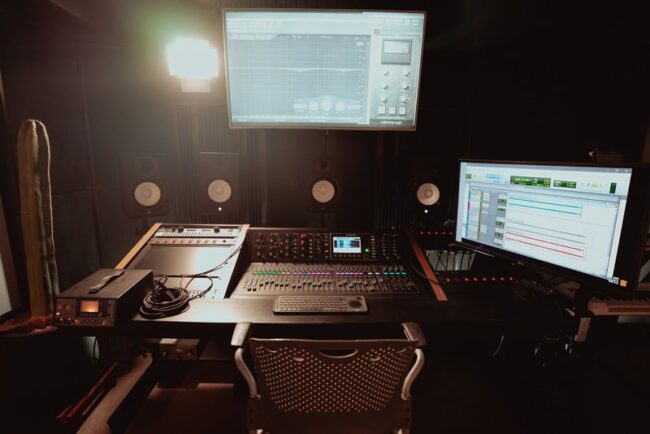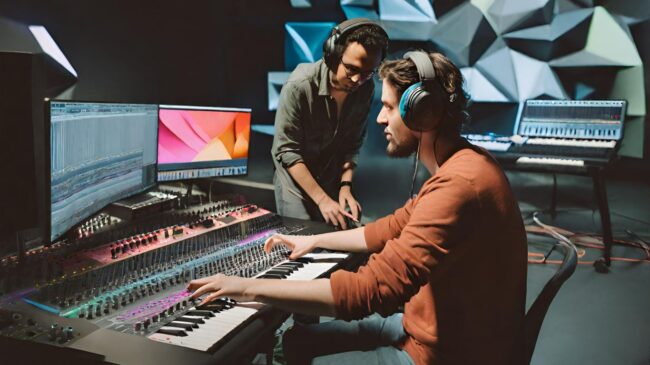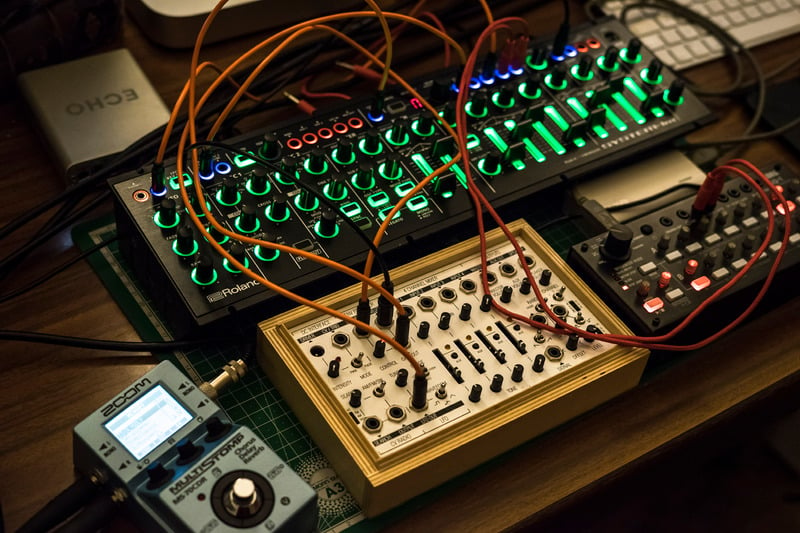Leveraging Unity Asset Store: Empowering Game Development with Ready-to-Use Assets
In the realm of game development, Unity stands as a cornerstone, empowering developers to bring their creative visions to life with unprecedented ease and versatility. Central to this ecosystem is the Unity Asset Store, a treasure trove of ready-to-use assets that streamline development workflows, enhance visual fidelity, and accelerate project timelines. Let’s embark on a journey to explore the profound impact of Unity and the invaluable benefits of leveraging assets from the Unity Asset Store.
1. Unlocking the Power of Unity:
At the heart of Unity’s appeal lies its intuitive interface, robust feature set, and unparalleled accessibility. Whether you’re a seasoned developer or a newcomer to the world of game development, Unity offers a user-friendly environment where creativity knows no bounds. With its cross-platform capabilities and extensive documentation, Unity empowers developers to build immersive experiences for a global audience, transcending the confines of traditional game development paradigms.
2. Harnessing the Potential of Ready-to-Use Assets:
In the fast-paced world of game development, time is of the essence, and efficiency is paramount. Herein lies the beauty of the Unity Asset Store, a vibrant marketplace where developers can discover a vast array of assets, ranging from 3D models and textures to audio clips and animation packs. By harnessing the power of ready-to-use assets, developers can expedite the development process, reduce production costs, and focus their efforts on innovation and iteration, rather than reinventing the wheel.
3. The Versatility of Ready-to-Use Assets:
From sprawling fantasy worlds to futuristic sci-fi landscapes, the Unity Asset Store offers assets to suit every genre, style, and aesthetic preference imaginable. Whether you’re in need of character models, environmental assets, or special effects, the Asset Store’s diverse catalog ensures that developers have access to the tools they need to bring their creative visions to life. With assets ranging from free to premium, developers of all budgetary constraints can find resources to elevate their projects to new heights.
4. Streamlining Development Workflows:
Gone are the days of laborious asset creation and painstaking optimization. Thanks to the Unity Asset Store, developers can streamline their workflows and focus on what truly matters: crafting memorable gameplay experiences. With assets readily available at their fingertips, developers can iterate more rapidly, experiment with different art styles and aesthetics, and refine their projects with greater precision and efficiency.
5. Fostering Creativity and Collaboration:
Beyond its practical benefits, the Unity Asset Store fosters a spirit of creativity, collaboration, and community within the game development ecosystem. With a thriving community of developers, artists, and creators, the Asset Store serves as a hub for inspiration, knowledge-sharing, and collaboration. From asset creators sharing their latest creations to developers offering feedback and support, the Asset Store embodies the spirit of collective innovation and empowerment.
6. Empowering Developers of All Skill Levels:
Whether you’re a seasoned veteran or a novice developer, the Unity Asset Store offers something for everyone. For newcomers, the Asset Store provides a gateway to the world of game development, offering pre-made assets and tutorials to help aspiring developers get started on their creative journey. For experienced developers, the Asset Store serves as a repository of tools and resources to augment their projects and push the boundaries of what’s possible in game development.
7. Embracing the Future of Game Development:
As technology continues to evolve, so too does the landscape of game development. From the rise of virtual reality and augmented reality to the advent of real-time ray tracing and procedural generation, the Unity Asset Store remains at the forefront of innovation, providing developers with the tools they need to stay ahead of the curve. By embracing emerging trends and technologies, developers can unlock new realms of creativity and usher in the next generation of immersive gaming experiences.
Check this out:
The role of 3D Artist Insights into indie game development The Harmony of Gaming – Music and Sound Effect The World of Sound DesignerConclusion:
In conclusion, the Unity Asset Store stands as a testament to the power of community, creativity, and collaboration in game development. By democratizing access to high-quality assets and tools, the Asset Store empowers developers of all backgrounds to bring their creative visions to life and shape the future of interactive entertainment. As we continue to explore the vast potential of Unity and the Unity Asset Store, let us embrace the possibilities and push the boundaries of what’s possible in game development.







